The ARCI group includes:
SICI (Q80.2):
Mutation: TGM1. Abbreviation: ARCI1. OMIM: 242300.
Mutation: ALOXE12B. Identifier: ARCI2. OMIM: 242100.
Mutation: ALOXE3. Abbreviation: ARCI3. OMIM: 606545.
LI (Q80.2) / CIE (Q80.2). As well as the intermediate phenotypes of LI and CIE:
Mutation: TGM1. Abbreviation: ARCI1. OMIM: 242300.
Mutation: ALOXE12B. Identifier: ARCI2. OMIM: 242100.
Mutation: ALOXE3. Abbreviation: ARCI3. OMIM: 242100.
Mutation: ABCA12. Abbreviation: ARCI4A. OMIM: 60127.
Mutation: CYP4F22. Abbreviation: ARCI 5. OMIM: 664777.
Mutation: NIPAL4. Abbreviation: ARCI 6. OMIM: 612281.
Mutation: LIPN. Abbreviation: ARCI 8. OMIM: 613943.
Mutation: CERS3. Abbreviation: ARCI 9. OMIM: 615023.
Mutation: PNPLA1. Identifier: ARCI 10. OMIM: 615024.
Mutation: ST14. Abbreviation: ARCI 11. OMIM: 602400.
Mutation: CASP14. Abbreviation: ARCI 12. OMIM: 617320.
Swimsuit ichthyosis (Q80.2):
Mutation: TGM1. Abbreviation: ARCI3. OMIM: 242300.
Harlequin ichthyosis (Q80.4):
Mutation: ABCA12. Abbreviation: ARCI4B. OMIM: 242500.

